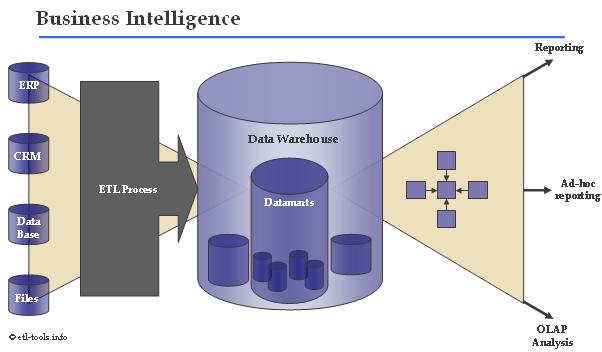PROJECT MANAGEMENT
Weekly Questions – Week Eleven
Explain the triple constraint and its importance in project management.
The triple constraint displays the relationships of the three primary variables in an project, which are time, cost and scope. The Project Management Institute calls the framework for evaluating these competing demands the Triple Constraint. The relationship between these variables is such that if any one of the three factors changes, at least one other factor is likely to be affected. Project management is the science of making intelligent tradeoffs between time, cost and scope, as all three factors combined determine a project’s quality.
 |
| This is a simple diagram of the triple constraint. |
Describe the two primary diagrams most frequently used in project planning.
The two primary diagrams used most frequently in project planning are PERT and GANTT charts.
A PERT (Program Evaluation and Review Technique) chart is a graphical network model that depicts a projects task and the relationships between those tasks. A dependency is a logical relationship that exists between the project tasks, or between a project task and a milestone. PERT charts define dependency between project tasks before those tasks are scheduled.
A Gantt chart is a simple bar chart that depicts project tasks against a calendar. In a Gantt chart, tasks are listed vertically and the project’s time frame is listed horizontally. A Gantt chart works best for representing the project schedule, and also shows progress of tasks against the planned duration.
Identify the three primary areas a project manager must focus on managing to ensure success
¡Managing people
¡Managing communications
¡Managing change
The three primary areas a project manager must focus on managing to ensure success are:
- People: one of the hardest and most critical tasks. They need to resolve conflicts within the team and balance the needs of the project with personal and professional needs of the team. The negotiation, communication, marketing, and salesmanship skills of the PM must be up to scratch, as they are usually the main interface with the client during a project.
- Communications: It is extremely helpful if a project manager plans what and how he or she will communicate as a formal part of the project management plan, also referred to as the communications plan. A project manager should distribute timely, accurate and meaningful info regarding project objectives that involve time, scope, cost, and quality, as well as the status of each.
- Change: Must anticipate and react appropriately to change. Dynamic organizational change is inevitable and companies should must effectively manage this change as it evolves. Change management is a set of techniques that aid in evolution, composition and policy management of the design and implementation of a system.
Reasons why projects fail:
—Failure to align project with organizational objectives
—Poor scope
—Unrealistic expectations
—Lack of executive sponsorship
—Lack of project management
—Inability to move beyond individual and personality conflicts
—Politics
Reasons why projects succeed:
—Project Sponsorship at executive level
—Good project charter
—Strong project management
—The right mix of team players
—Good decision making structure
—Good communication
—Team members are working toward common goals












